Adoption of Advanced Technologies
The adoption of advanced technologies is a significant driver in the Healthcare Supply Chain Management Market. Technologies such as artificial intelligence, blockchain, and the Internet of Things (IoT) are transforming supply chain operations. These innovations enable healthcare organizations to enhance visibility, improve inventory management, and streamline procurement processes. For instance, blockchain technology offers secure and transparent tracking of products, which is essential for ensuring compliance and reducing fraud. The market for these technologies is expected to expand as healthcare providers recognize their potential to improve efficiency and reduce costs. Consequently, the integration of advanced technologies is likely to shape the future landscape of the Healthcare Supply Chain Management Market.
Increased Focus on Cost Reduction
Cost reduction strategies are becoming increasingly vital in the Healthcare Supply Chain Management Market. Healthcare organizations are under constant pressure to minimize expenses while maintaining high-quality care. This has led to a growing emphasis on optimizing supply chain processes to achieve cost efficiencies. Data indicates that supply chain inefficiencies can lead to substantial financial losses, prompting organizations to invest in technologies that enhance visibility and control over their supply chains. By leveraging data analytics and inventory management systems, healthcare providers can identify areas for cost savings and streamline operations. As a result, the focus on cost reduction is likely to drive innovation and investment in the Healthcare Supply Chain Management Market.
Regulatory Compliance and Standards
Regulatory compliance remains a critical driver within the Healthcare Supply Chain Management Market. As governments and regulatory bodies impose stringent guidelines to ensure patient safety and product quality, healthcare organizations must adapt their supply chain practices accordingly. Compliance with regulations such as the Drug Supply Chain Security Act (DSCSA) and the Medical Device Regulation (MDR) necessitates robust tracking and reporting mechanisms. This has led to an increased investment in supply chain technologies that facilitate compliance, thereby enhancing operational efficiency. The market for compliance-related solutions is projected to grow, as organizations recognize the importance of adhering to regulations to avoid penalties and maintain their reputations. Thus, the focus on regulatory compliance is likely to shape the future of the Healthcare Supply Chain Management Market.
Growing Importance of Sustainability
Sustainability initiatives are increasingly influencing the Healthcare Supply Chain Management Market. As environmental concerns gain prominence, healthcare organizations are seeking to implement sustainable practices within their supply chains. This includes reducing waste, optimizing resource utilization, and sourcing materials responsibly. Data suggests that a significant portion of healthcare waste is generated from packaging and single-use products, prompting organizations to explore eco-friendly alternatives. The shift towards sustainability not only addresses environmental issues but also enhances brand reputation and customer loyalty. As a result, the emphasis on sustainability is likely to drive changes in procurement strategies and supply chain operations within the Healthcare Supply Chain Management Market.
Rising Demand for Efficient Logistics
The Healthcare Supply Chain Management Market is experiencing a notable increase in demand for efficient logistics solutions. As healthcare providers strive to enhance service delivery, the need for streamlined logistics becomes paramount. This demand is driven by the necessity to reduce operational costs while improving patient outcomes. According to recent data, logistics costs account for a significant portion of healthcare expenditures, prompting organizations to seek innovative supply chain solutions. The integration of advanced technologies, such as automation and real-time tracking, is likely to play a crucial role in addressing these challenges. Consequently, companies that can offer efficient logistics solutions are positioned to thrive in the evolving landscape of the Healthcare Supply Chain Management Market.
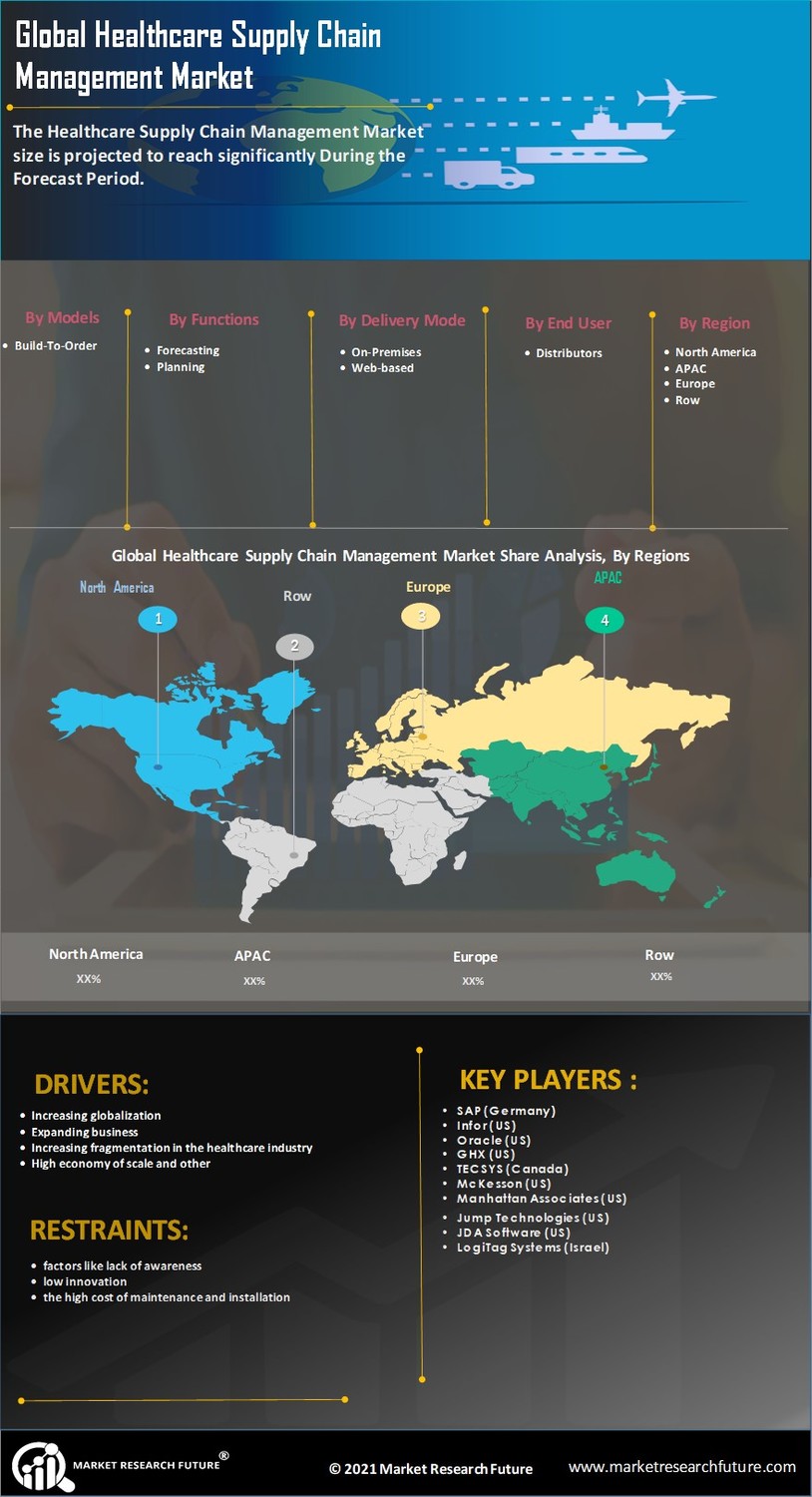

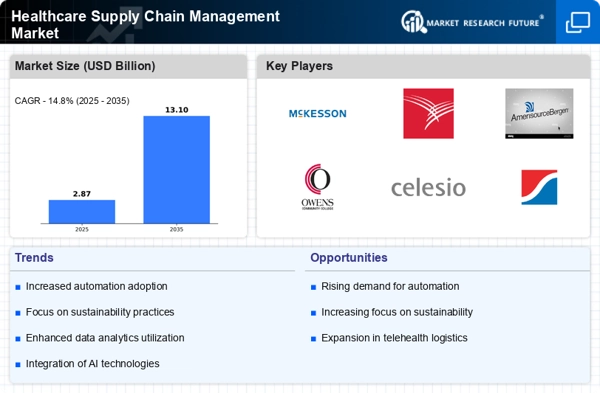
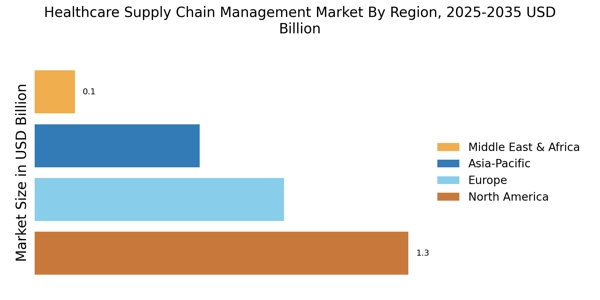

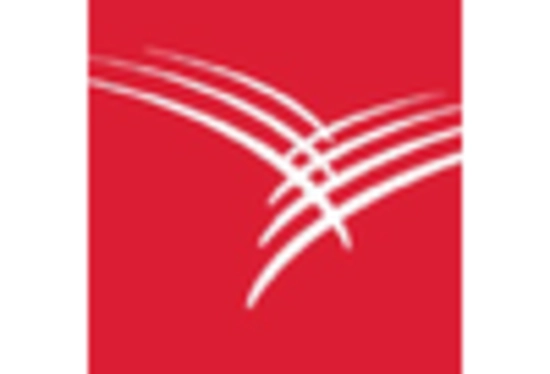

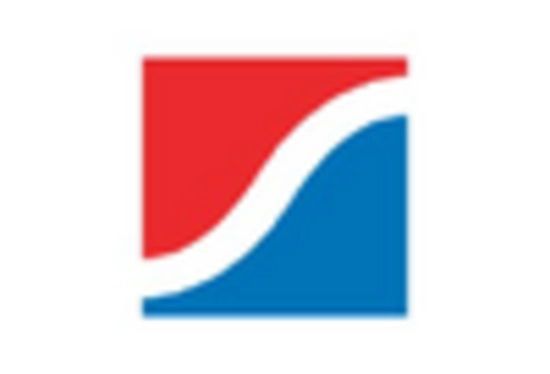

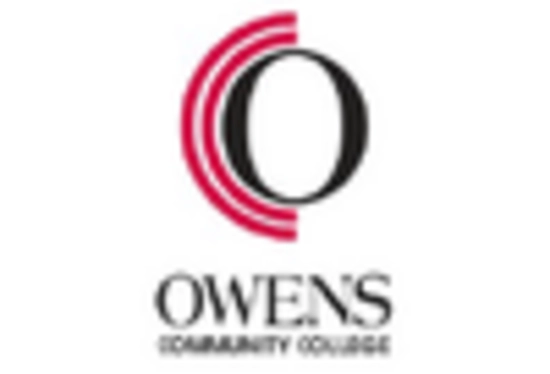








Leave a Comment